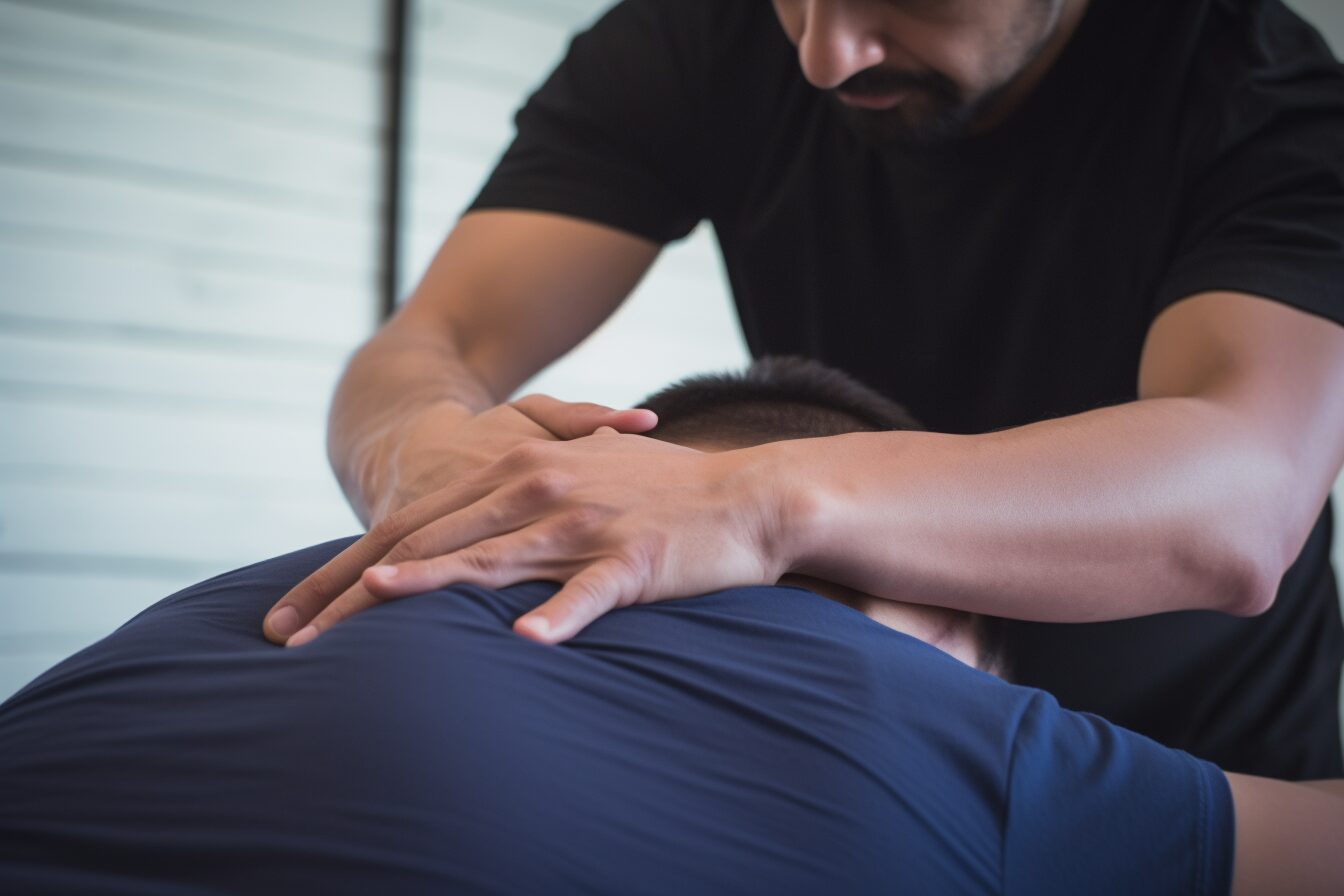Is Cracking Your Back Bad for You? The Real Impact Explained
After a long day, the urge to crack your back can be overwhelming. It promises instant relief and that satisfying pop sounds like music to tired muscles. But is cracking your back bad for you? The controversy surrounding the practice of back-cracking, pitting experts against everyday enthusiasts, continues to fuel discussions on its safety and implications.
We're diving deep into what happens in your body when you hear that crack and whether it's a harmless habit or a potential risk. You'll learn about the role of synovial fluid, facet joints, and how they contribute to that popping sensation. Moreover, we're debunking the tall tales about back adjustments—distinguishing truths from untruths concerning everything from fleeting alleviation of discomfort to significant worries like herniated discs.
This exploration doesn't just stop at risks; we also discuss when self-induced cracks might be safe and introduce safer alternatives for managing discomfort. So if spine care is on your mind after those multiple times trying to get comfortable at your desk or post-workout, stick around for some insights.
Understanding the Mechanics of Back Cracking

The Role of Synovial Fluid in Joint Movement
Ever wondered why your back cracks when you stretch after a long day? In the heart of our joints, synovial fluid serves as an essential oil, facilitating seamless bone interactions and contributing to those beloved pops and cracks. This fluid ensures smooth movement between bones and plays a pivotal role when it comes to that satisfying cracking sound many people love.
Synovial fluid contains gases like carbon dioxide which, under certain conditions, form bubbles. When you stretch or twist your spine, these bubbles can burst—a process known as cavitation—resulting in that well-known popping noise. Contrary to popular belief, this is not your bones grinding together but rather tension being released from around the joints.
This phenomenon isn't just limited to feeling good; it also momentarily increases joint mobility by relieving pressure within the joint. However, while occasional self-induced cracks are generally safe thanks to this protective synovial layer and its gaseous content, overdoing it could lead to joint strain if done without proper understanding or technique.
Distinguishing Between Primary and Secondary Cracking
There's more than one type of crack. Primary cracking occurs during an initial stretch or adjustment—it's what most people experience when they stand up after sitting for too long or perform gentle stretches designed to relieve pressure on their spine.
Secondary cracking happens much less frequently because once those gas bubbles have popped during primary cracking—they need time before they can reform fully enough for another pop sensation upon stretching again within a short period. It’s important here not only to understand how our bodies work but to exercise caution.
Continually seeking out secondary pops might indicate underlying issues requiring professional treatment, such as slipped discs or pinched nerves. This could be due to habitual back-cracking behavior leading to chronic pain problems down the line. Some evidence suggests potential long-term damage risks associated with regular forceful spinal manipulation outside controlled therapeutic settings.
Key Takeaway:
Cracking your back releases tension with a satisfying pop, thanks to synovial fluid in joints. But remember, doing it too much could lead to strain or indicate deeper issues needing expert care. Always know the difference between safe self-adjustments and harmful habits for spine health.

Subscribe To Dr Mike's MVP Newsletter!
Exclusive content, interesting topics, real insights.

When Is Back Cracking Considered Safe?
Many of us have felt the urge to crack our backs, especially after long hours at a desk or an intense workout. The immediate release and relief can feel almost addictive. But when is back cracking considered safe? Understanding the frequency and methods for safely cracking your back—whether you're doing it yourself or seeking professional help—is crucial.
The Safety of Self-Cracking
Cracking your own back occasionally, when done correctly, might not pose significant risks. It's important to listen to your body and avoid forcing any movements that cause pain or discomfort. Gentle stretches or yoga poses designed for spinal health can often lead to a natural release without the need for forceful twisting.
- Gentle Stretching: Techniques such as child’s pose or cat-cow provide mild pressure on the spine, potentially leading to a satisfying crack.
- Avoid Overdoing It: Constantly attempting to crack your back could lead to hypermobility where joints move beyond their normal range with ease but less stability.
The Role of Professional Chiropractic Care
If you find yourself frequently needing to crack your back, it may be time to consult with a professional chiropractor. A licensed chiropractor has the training necessary to assess your spine's health accurately and perform adjustments safely. These professionals use specific techniques tailored not just for immediate relief but also for long-term spinal health improvement.
Finding Your Balance Between Self-care And Professional Help
Maintaining spinal health involves more than occasional adjustments; it requires consistent care whether through personal efforts like maintaining good posture during daily activities or seeking timely professional intervention when needed. Incorporating both strategies responsibly maximizes benefits while minimizing risks associated with unsupervised manipulations. Remember: listening closely to what feels right versus what doesn't remains key.
When To Avoid Cracking Your Back

Many of us experience the urge to crack our backs when feeling stiff or sore. While this can sometimes offer temporary relief, it's crucial to understand when it might be more harmful than helpful.
Persistent Pain or Discomfort
If you find yourself consistently trying to crack your back due to ongoing pain or discomfort, it's a sign that there may be an underlying issue needing professional attention. Continuous self-manipulation without understanding the root cause can exacerbate existing conditions and delay proper treatment.
After Suffering an Injury
In the aftermath of any injury—whether from sports, accidents, or even minor falls—it's imperative to avoid cracking your back. Doing so could worsen any injuries by potentially misaligning vertebrae further or straining muscles around the spine. Seeking advice from a chiropractor ensures that any adjustments made are safe and beneficial for recovery.
Lack of Experience and Knowledge
The complex structure of our spines means that incorrect manipulation techniques can do more harm than good. Without comprehensive knowledge on how different parts of the spine interact, there’s a risk of causing nerve damage or creating issues in areas that were previously fine. This is why adjustments should ideally be performed by professionals like those at HB Chiropractic, who have extensive training in safely aligning your spine.
If You Have Osteoporosis Or Other Bone Conditions
Osteoporosis weakens bones making them fragile and more susceptible to fractures; therefore attempting to crack your back under these conditions could result in serious injury including vertebral fractures which are painful and require long-term care for healing properly.
At Home Back Cracking Exercises
Many of our clients often ask us about the safety and effectiveness of at-home back-cracking exercises. It's a common belief that these maneuvers can provide instant relief from back discomfort. While it's true that they might offer temporary relief, understanding the proper techniques is crucial to avoid potential harm.
The Chair Twist Method
Sitting for long periods can contribute to back stiffness. The chair twist is a gentle exercise designed to release tension without the need for aggressive movements:
- Sit upright on a chair with your feet flat on the ground.
- Place your right hand on the back of the chair and your left hand on your right knee.
- Gently twist your torso towards the right, looking over your shoulder if possible. Hold this position for 10 seconds before returning to the center.
- Repeat on the opposite side.
This method encourages mild stretching and realignment without excessive force.
Lying Knee Rolls
A floor-based exercise that targets lower back tension effectively:
- Lie flat on your back with your knees bent and feet flat on the floor.
- Hug both knees into the chest gently then place them down keeping them together.
- Roll both knees slowly to one side while turning your head in the opposite direction; keep your shoulders grounded.
- Pause briefly when the maximum stretch is felt before rolling the knees slowly across the midline of the body toward the other side.
This maneuver helps relax tight muscles by introducing gentle rotation along the spine, which could mimic sensations experienced during chiropractic adjustments but safely within the comfort zone of home settings. However, caution should be exercised, especially if a history of spinal issues exists; therefore, consulting professional advice before attempting new routines is highly recommended.
Alternatives to Back Cracking for Pain Relief

Seeking relief after a long day can lead us down the path of twisting and turning our bodies, chasing that satisfying crack. But before you twist into a pretzel, consider safer methods for managing back pain without resorting to potentially harmful self-cracking habits.
Gentle Stretches
When it comes to alternatives, gentle stretches top the list. Unlike abrupt back cracking, stretching offers a controlled way to relieve tension across your spine care routine. It's not just about pulling muscles; it's about giving them room to breathe and release built-up stress gently. Studies show that incorporating specific stretches into your daily routine can significantly reduce pain and improve mobility over time.
A simple yet effective stretch is the cat-cow pose from yoga, which encourages flexibility in your spine while promoting blood flow. Another option is lying on your back with knees bent and slowly bringing one knee towards the chest—this helps ease lower back discomfort by stretching hip flexors and relieving pressure on spinal discs.
Heat/Ice Therapy
Moving away from mechanical adjustments like cracking or popping joints brings us to heat/ice therapy—a tried-and-true method that has stood the test of time for good reason. Applying ice packs reduces inflammation around sore areas by constricting blood vessels temporarily whereas heat pads encourage circulation through dilation. Harvard Health Publishing suggests alternating between hot and cold treatments may offer more comprehensive relief than sticking with one type alone.
This dual approach works wonders especially when dealing with acute flare-ups or chronic conditions alike because it tackles both immediate swelling reduction (thanks ice.) as well as longer-term healing processes encouraged by increased blood flow (all hail heat.). Remember though—if you're unsure which will serve you best at any given moment consult with healthcare professionals first they'll guide based on individual needs/preferences ensuring safe application every step along this journey toward better backbone health.
Adopting these practices isn't merely about evading the dangers linked with amateur spine adjustments—it's a commitment to a brighter tomorrow, attuning ourselves to our body's genuine demands instead of habitually imposing temporary solutions, thereby securing enduring ease and fortitude amidst life’s daily challenges. Remember, always prioritize safety and effectiveness together to embark on a smarter route towards wellness now and onwards.
Key Takeaway:
Ditch the risky twists and embrace safer back pain relief methods like gentle stretches, heat/ice therapy. They're not just safer; they offer lasting comfort and a healthier future for your spine.
FAQs in Relation to Is Cracking Your Back Bad for You
Is it OK to crack your back daily?
Cracking your back daily isn't recommended. It can lead to joint wear and doesn't fix underlying issues.
Is it good to crack your back by twisting?
Twisting to crack your back can strain muscles or harm discs. Best leave it to the pros.
What are the benefits of cracking my back?
No proven benefits exist for cracking your own back, just temporary relief that might mask real problems.
How to crack your own back safely?
To minimize risk, stick with gentle stretches instead of forceful self-cracking. If in doubt, consult a professional.
Conclusion
So, is cracking your back bad for you? We've unpacked the mechanics, risks, and myths. Key takeaway: while it feels good, there's more beneath the surface.
Remember this: not all cracks are created equal. Self-induced might bring temporary relief; professional guidance often offers safer paths to comfort.
Keep in mind: gentle stretches and heat therapy stand out as healthier options for pain management. They're simple yet effective.
If spine care matters to you after those countless attempts at finding comfort, consider these insights a guide. Your back will thank you later.
18600 Main St STE 110, Huntington Beach, CA 92648

Subscribe To Dr Mike's MVP Newsletter.
Get In Touch
(714) 794-2171
Office Hours
Monday-Thursday:
7:00 am - 11:00 am, 2:00 pm - 6:00 pm
Friday: Closed
Saturday: By Appointment Only
Sunday: Closed

(714) 794-2171
Subscribe To Dr Mike's MVP Newsletter.
Office Hours
Monday-Thursday:
7:00 am - 11:00 am, 2:00 pm - 6:00 pm
Friday: Closed
Saturday: By Appointment Only
Sunday: Closed
18600 Main St STE 110, Huntington Beach, CA 92648
Huntington Beach Chiropractic | Copyright ©2025 | Website by iTech Valet
